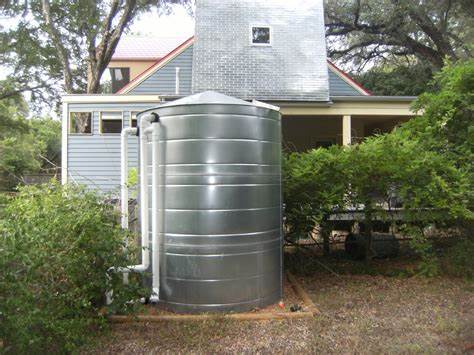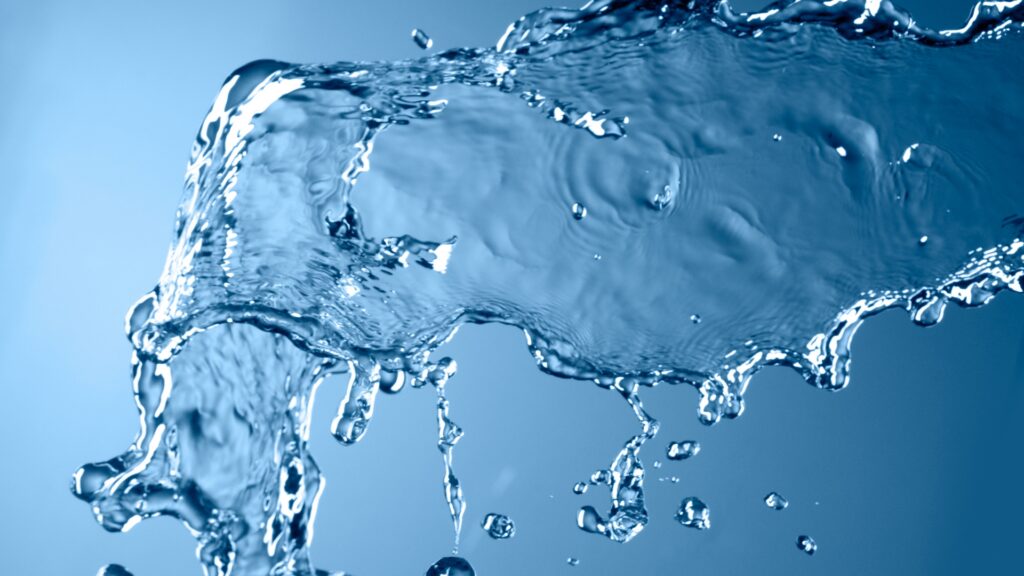
Introduction
Water tanks play a crucial role in emergency preparedness by providing a reliable source of clean water during crises. When natural disasters such as floods and cyclones occur, access to clean drinking water becomes one of the most critical needs for affected communities. Water tanks play a crucial role in providing life-saving assistance during these times. Strategically positioned tanks at evacuation shelters and hospitals ensure a reliable supply of clean water until regular infrastructure is restored. These tanks not only provide access to safe drinking water but also contribute to maintaining hygiene and sanitation.

Water Storage: Water tanks act as reservoirs for storing clean water. In emergencies like natural disasters or infrastructure failures, access to clean water might be compromised. Water tanks ensure there’s a supply available for drinking, cooking, and hygiene.
Supply Resilience: They help maintain water supply resilience by offering a backup water source. This is vital when access to municipal water systems is disrupted due to damage or contamination.
Emergency Response: During crises such as earthquakes or floods, access to clean water can be limited for an extended period. Water tanks facilitate rapid deployment of water resources to affected areas, aiding emergency response efforts.
Community Support: Placing water tanks strategically in communities or public spaces ensures equitable access to clean water during emergencies, especially for vulnerable populations.
Hygiene and Sanitation: Clean water is essential for proper hygiene and sanitation, especially during emergencies when the risk of waterborne diseases increases. Water tanks contribute to disease prevention by providing water for handwashing and sanitation.
Firefighting: In urban areas, water tanks can supplement firefighting operations during emergencies by providing a water source when municipal supplies are inadequate.
Long-Term Planning: Water tanks in emergency preparedness plans help communities build resilience against future disasters through maintenance, water quality monitoring, and capacity building.
Emergency Water Provision: Acting as primary reservoirs, water tanks ensure a continuous supply of potable water when municipal systems falter. This supply sustains critical needs like drinking, cooking, and sanitation, lessening reliance on external sources during emergencies.
Redundancy and Backup: By storing water independently, tanks offer redundancy, mitigating the risk of complete system failure during disasters. This redundancy guarantees a seamless water supply, even amid infrastructure damage or natural calamities.
Storage Capacity: Tanks come in various sizes, with larger ones storing ample water to sustain entire communities over extended periods. This reservoir capacity safeguards against fluctuations in water availability during crises.
Accessibility and Distribution: Strategically positioned in communities or emergency shelters, tanks ensure equitable access to clean water. Mobile tanks or tanker trucks further facilitate water distribution, reaching inaccessible areas or places facing acute shortages.
Water Treatment and Quality Assurance: Stored water often undergoes treatment to meet safety standards, employing methods like chlorination or filtration. Rigorous monitoring ensures compliance with quality benchmarks, crucial for preventing waterborne diseases during emergencies.

Water tank types, quality and maintenance
Exploring the diversity of water tanks, including plastic, fiberglass, concrete, steel, stainless steel, polyethylene, galvanized, bladder, and more, offers a range of options for various needs. From rectangular to open top to closed top, understanding water tank sizes and varieties is essential for effective water storage. Maintaining your investment involves crucial tips for water tank cleaning, maintenance, and quality assurance.
Beyond storage, harnessing rainwater harvesting tanks, fire protection water tanks, and aquaponics tanks demonstrates the versatility of these systems. Navigating costs requires insights into water tank prices and budget-friendly options. Ensuring accessibility involves portable water tanks, underground tanks, and pressure tanks for various needs, while safety and efficiency rely on overflow tanks and pressure tanks for optimal water management.



